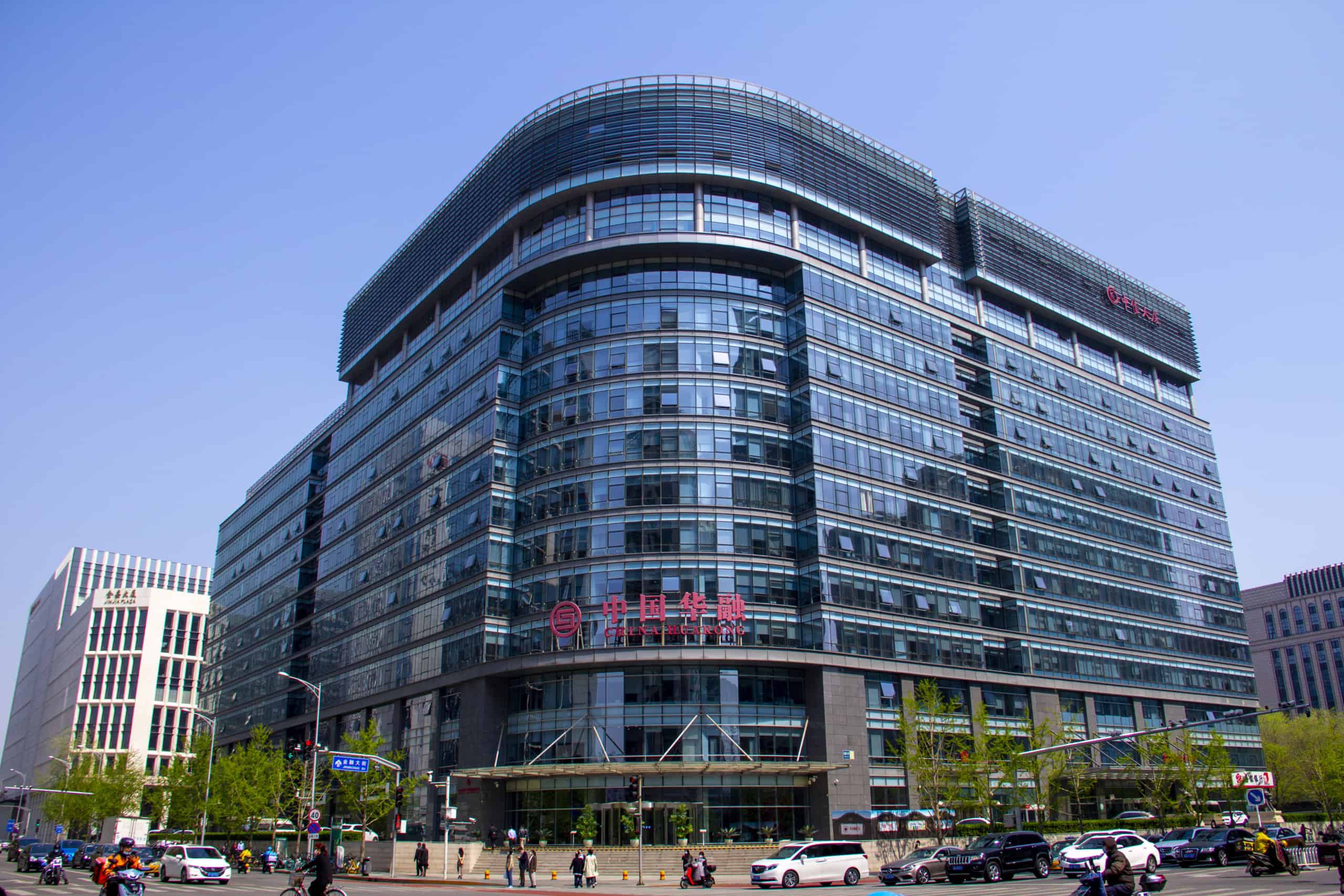When we look back at China’s extraordinary building and spending spree over the last decade — all those skyscrapers, modern apartment blocks, new airports, the Belt and Road Initiative, the upgrade of its navy, a countrywide network of bullet trains and so on — there’s one simple but important question to ask: Where did all the money come from?
The simple answer is, the country’s banks. With local governments starved of cash and the central government keen to keep its own deficits u
Subscribe or login to read the rest.
Subscribers get full access to:
- Exclusive longform investigative journalism, Q&As, news and analysis, and data on Chinese business elites and corporations. We publish China scoops you won't find anywhere else.
- A weekly curated reading list on China from Andrew Peaple.
- A daily roundup of China finance, business and economics headlines.
We offer discounts for groups, institutions and students. Go to our
Subscriptions page for details.
Includes images from Depositphotos.com


